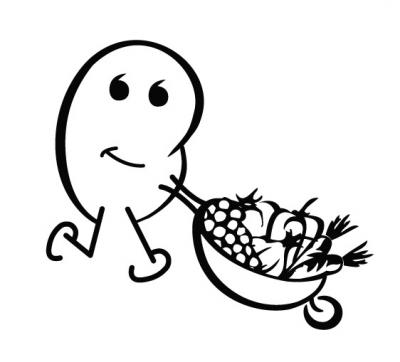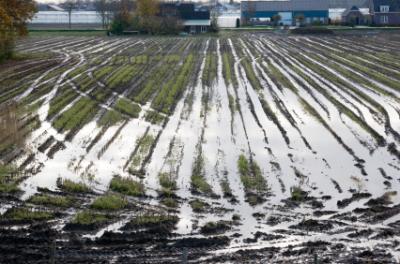 Rob M.
Rob M. | Rain brings life, but new obstacles for growers
Sep 28, 2011 at 6:54 pm |
The very hot, dry summer now seems like a distant memory as rainy, overcast days have taken over around the state. According to WRAL rainfall statistics at RDU, rainfall is 2.07" above normal over the past 30 days (normal is 4.43", actual is 6.5"). This 30 day stretch has seen a number of rainy days, and even more overcast and cloudy days. Obviously, rain is crucial for agriculture and life on the whole. Gary Wise of Wise Farms said that he hasn't had to irrigate since the beginning of September, which has made his life much easier during this stretch. The wet days also provide future benefit by refilling irrigation ponds and other water stores that will be used when rainfall is not so abundant. However, like any other weather condition, these rainy and overcast days also bring additional obstacles to the grower. They are, as Robbie Cox of Cox Farms put it, "both good and bad."
One obstacle faced by growers is that rainy days are very rarely sunny. Obviously, crops need water to survive, but they also need sun to grow. Even cool weather crops like collard greens and kale prefer a sunny sky for growth. As Gary Wise reminded us, "Everything needs sun." The cloudy days and drop in temperatures have slowed some crops significantly. Robbie Cox says that his summer squash and cucumbers have slowed by almost half. Bill Walker of Walker Farms has seen a significant drop in tomato output these past few weeks. Robbie says that he has also seen a reduction in bee activity, which he attributes to the drop in temperature and rainy conditions. Fewer bees means crops like summer squashes are not pollinated, and end up drying out on the vine. Other crops, however, seem to have fared a little better. Eggplant and peppers, for example, also grow faster in sunny conditions, but do prefer the drop in temperatures that we have seen. As a result eggplant and pepper supply still seems to be relatively high as reported by multiple growers.
Another obstacle faced by growers during rainy conditions is the increased potential for mildew and fungus. When the sun doesn't come out to dry plants after the rain, mildew or funguses can develop killing the plant or making its fruit unharvestable. Robbie Cox explained that growers also run the risk of spreading plant diseases if they are forced to pick during rainy conditions, which can further complicate matters. Plant diseases are not harmful to humans, but can have very negative effects on a field of crops if they are allowed to spread. Picking in the rain is also an obvious nuisance for growers and farm workers. As Gary Wise pointed out, "No one wants to pick in the rain."
Animals, on the other hand, have been enjoying the drop in temperatures and frequent showers. Sandra Pridgen of Rainbow Meadow Farms says that they have seen a significant increase in egg laying over the past few weeks. She attributes this increase in output to the cooler weather and more steady rainfall. Hens lay more or less eggs based on weather and seasonal conditions, with the most eggs coming in the Spring and Fall when temperatures aren't too hot and aren't too cold. Local cattle ranchers have also said that their cows have been much happier now that temperatures have dropped a little. They are spending time around the pond, which is now full of water again, and tend to eat more when the temperatures aren't so hot, which is good for growth.
|   (Rob M.) (Rob M.) |